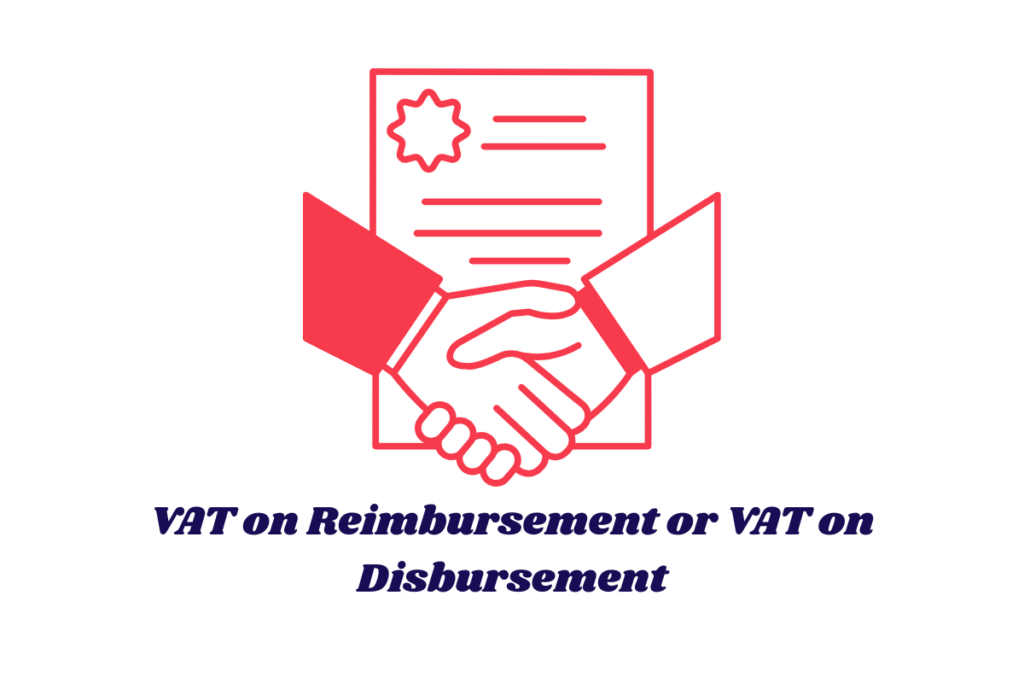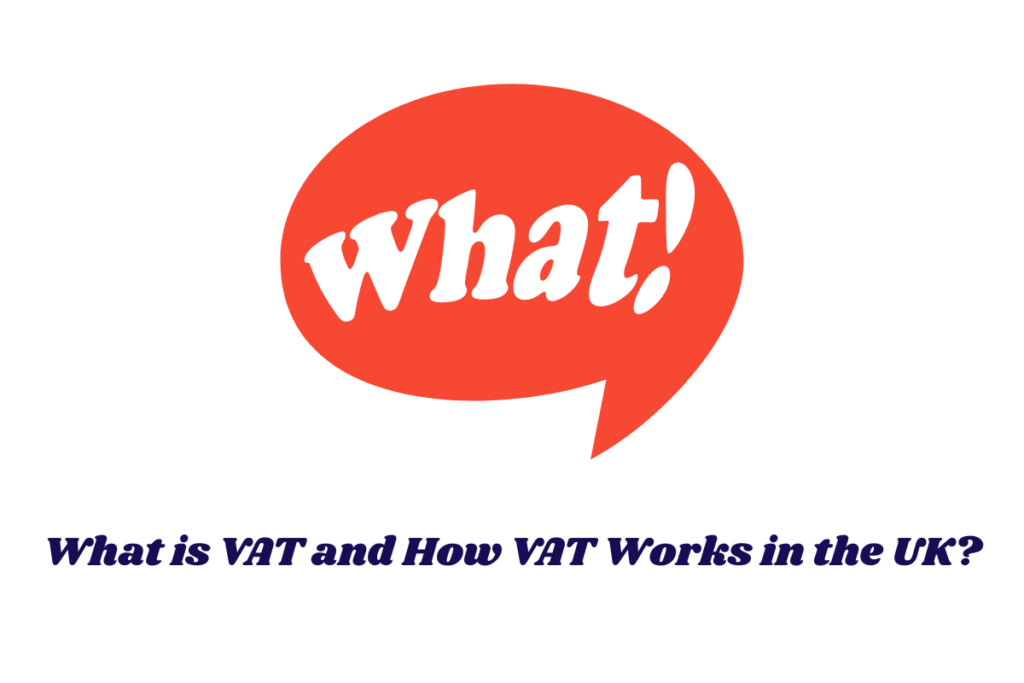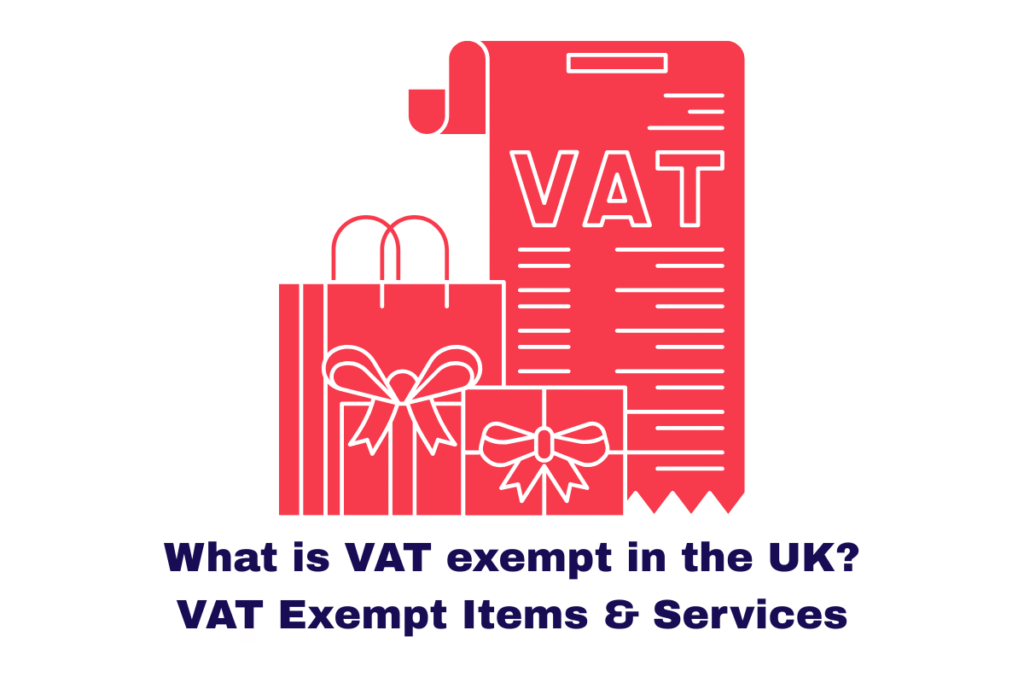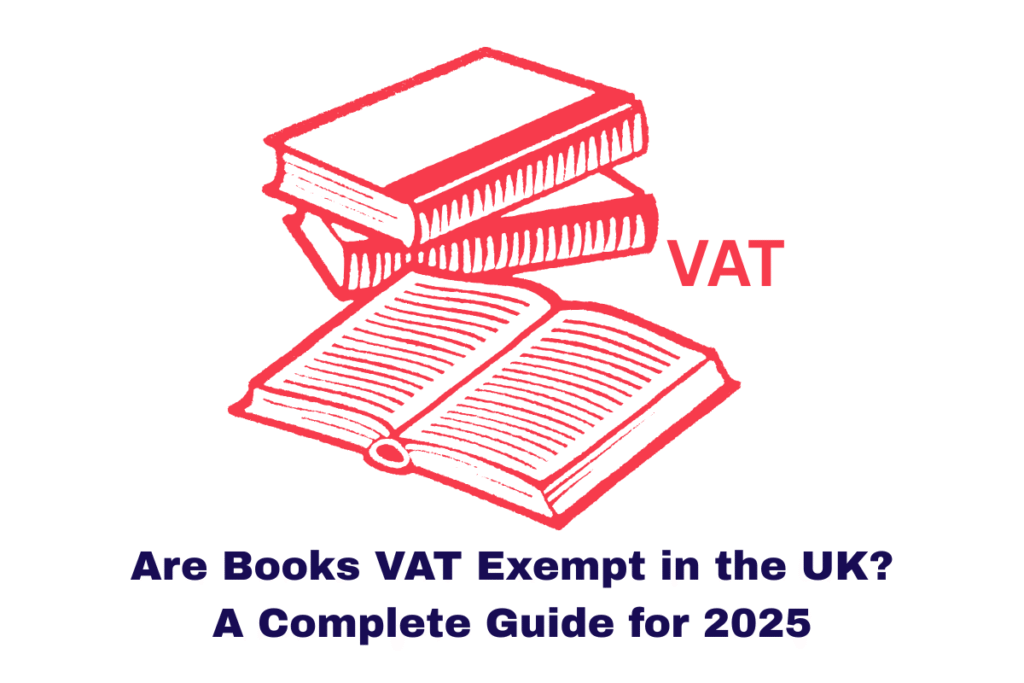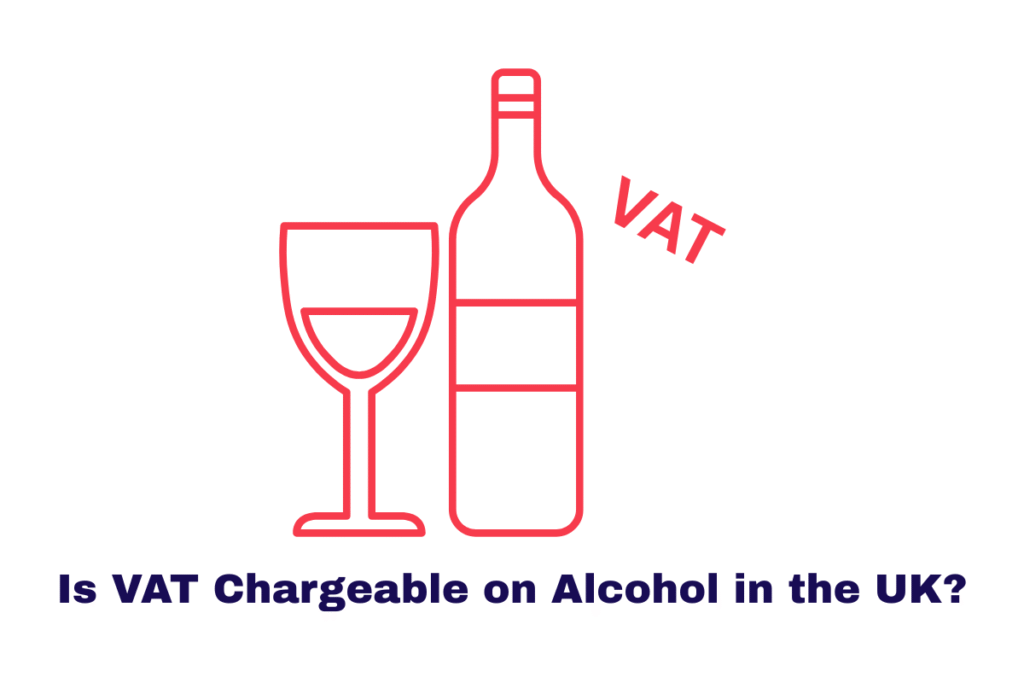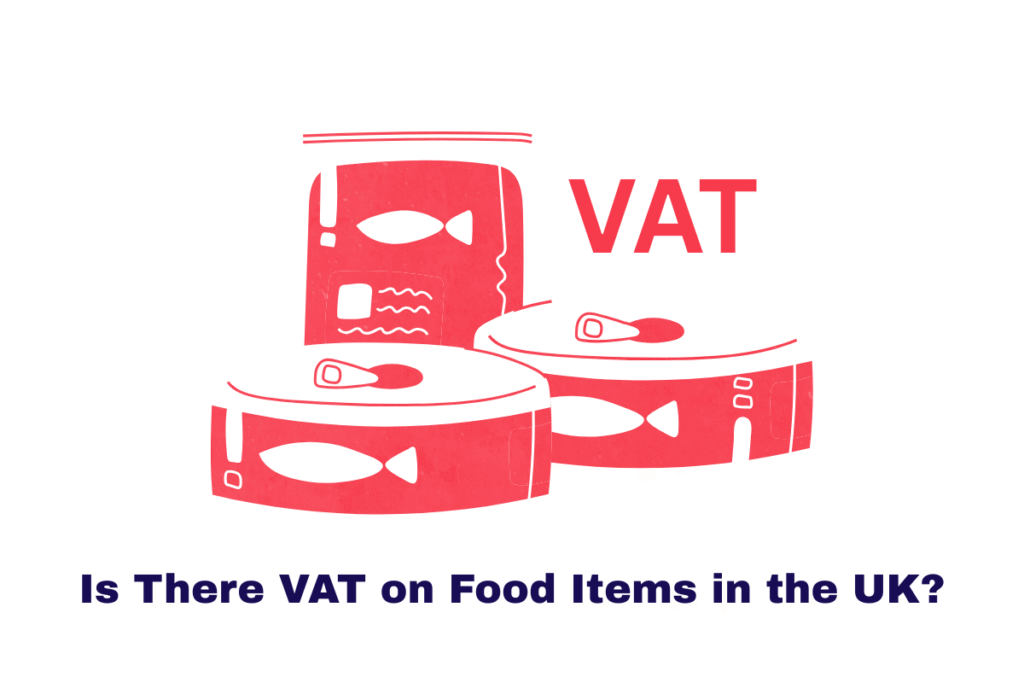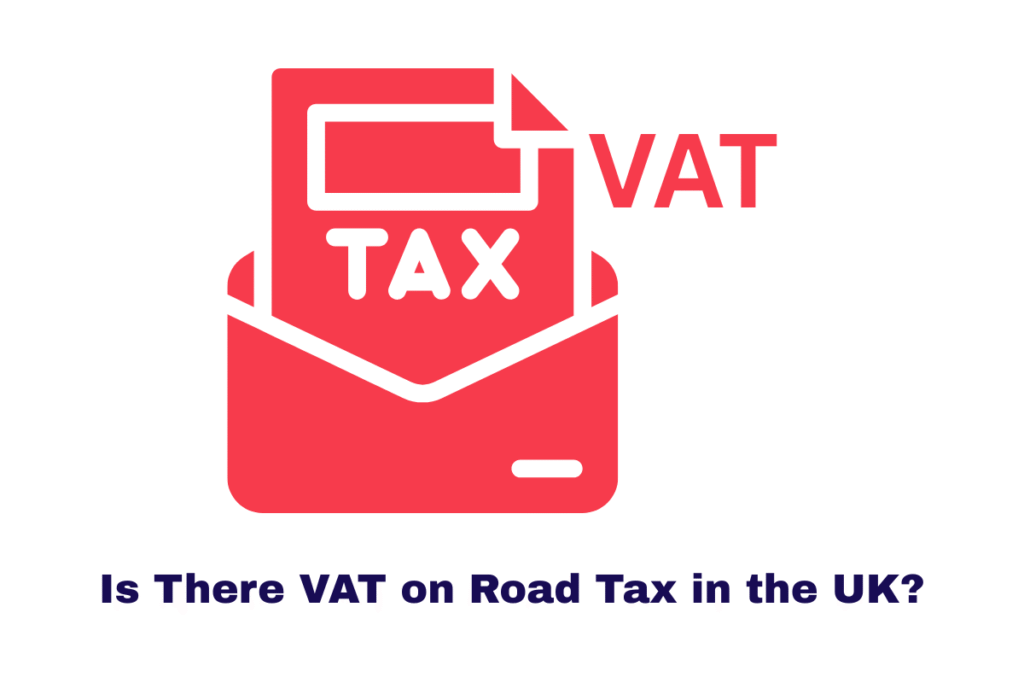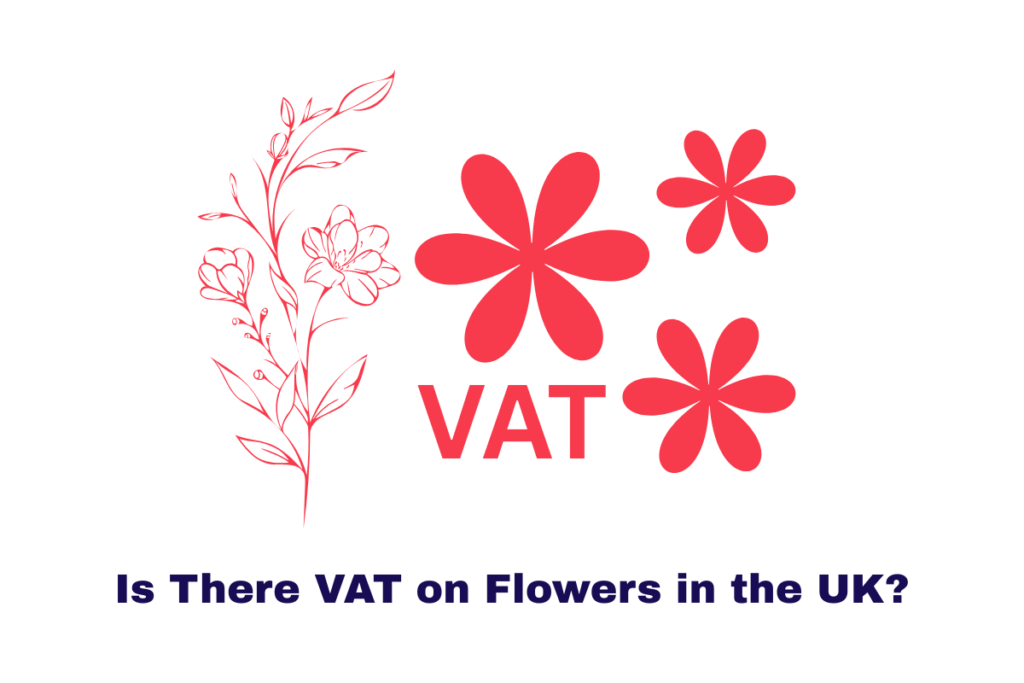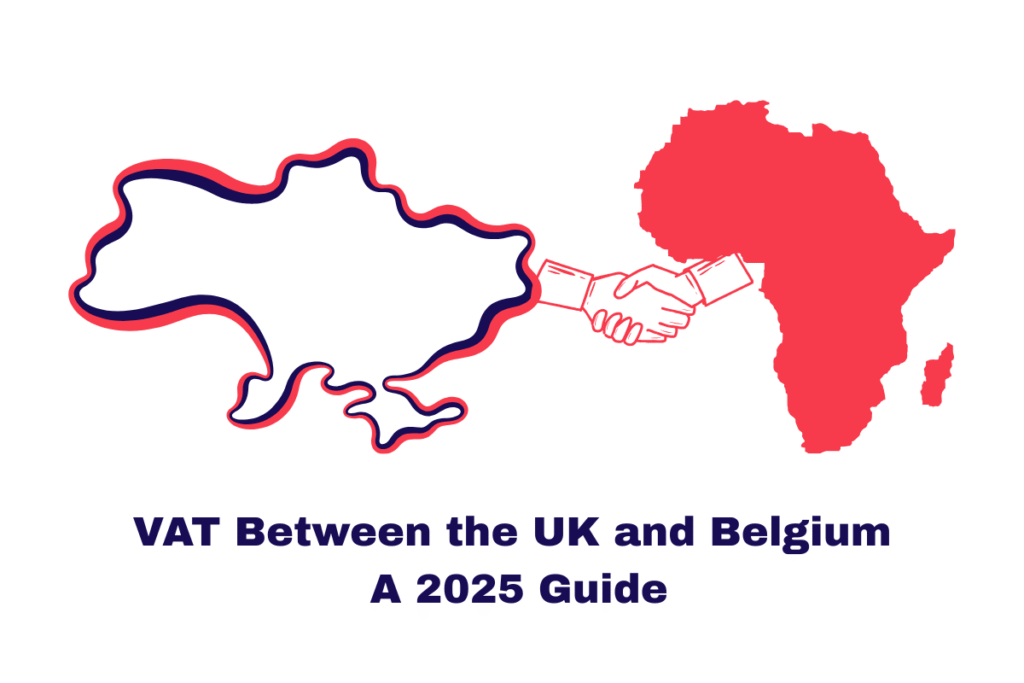When managing VAT obligations as a UK business, understanding the distinction between VAT on reimbursement and VAT on disbursement is crucial. These two types of client-related costs can significantly impact your VAT calculations and compliance with HMRC requirements. While VAT on reimbursement is usually within the scope of VAT, disbursements often fall outside it — but the rules are strict, and misclassification can lead to penalties or premature VAT registration.
Summary
“This article explains the differences between reimbursements and disbursements for VAT purposes, helping businesses avoid common HMRC pitfalls.”
What is a Reimbursement in VAT?
A reimbursement refers to an expense that a business incurs on behalf of itself while providing a service and later recharges that cost to the client.
These might include travel, hotel stays, or stationery purchased to deliver a service. HMRC treats these costs as part of your taxable supply and expects VAT to be added.
For example, a consultant may bill a client £1,000 in service fees and add £100 in travel costs. Even if the consultant only “recovered” the actual travel expense, VAT is due on the full invoice amount, including the reimbursed amount.
Summary
“VAT on reimbursement applies when a business recharges costs it incurred as part of its own service delivery.”
What is a Disbursement?
On the other hand, disbursements are expenses paid to third parties on behalf of a client, where the business acts as an agent. The key point is that the goods or services belong to the client, not the supplier. Disbursements are outside the scope of VAT, as the client — not the supplier — is considered the customer in the transaction.
HMRC outlines eight strict conditions for a cost to qualify as a disbursement. You must:
- Pay the supplier on behalf of your client.
- Act as the client’s agent.
- Ensure the client received or benefited from the goods/services.
- Make it clear the client was responsible for the payment.
- Have the client’s consent to pay the supplier.
- Inform the client about the supplier involved.
- Pass on the exact cost without a markup.
- List the costs separately on your invoice.
Source: HMRC VAT Notice 700/24 on agent services
Summary
“Disbursements are third-party costs paid on behalf of clients, meeting specific HMRC conditions to be VAT-exempt.”
Read Our more Detailed Guides on VAT:
Is There VAT on Flowers in the UK?
How to Find VAT Number of a Business?
Is VAT Chargeable on Alcohol in the UK?
Is There VAT on Car Parking in the UK?
Common Examples: Reimbursement vs Disbursement
Let’s consider some examples to illustrate the difference.
Reimbursement: A graphic designer travels to a client’s site and charges train fare as part of their invoice. This cost is incurred as part of their service delivery and is subject to VAT.
Disbursement: A solicitor pays Stamp Duty Land Tax (SDLT) on behalf of a homebuyer. The SDLT is legally the buyer’s responsibility and not part of the solicitor’s service. Thus, it qualifies as a disbursement and is outside the scope of VAT.
Summary
“Travel and consumables are usually reimbursements, while government fees like SDLT can be valid disbursements.”
Importance of Classification: VAT Threshold Implications
Failing to correctly classify a disbursement as a reimbursement can artificially inflate your turnover, potentially pushing your business over the VAT registration threshold of £90,000 (as of 2024–25).
If you mistakenly treat disbursements as exempt and fail to include them in your taxable turnover, HMRC may determine that you breached the threshold earlier than you realised, leading to retrospective VAT liabilities and penalties.
Summary
“Misclassifying VAT on reimbursement can lead to early VAT registration and costly backdated liabilities.”
Court Rulings: Brabners and Beyond
Several landmark tribunal cases have shaped the HMRC stance on VAT on reimbursement and disbursement. One such case is:
Brabners LLP v HMRC [2017] UKFTT 666 (TC)
Brabners LLP attempted to treat search fees as disbursements. The tribunal held these were actually reimbursements, as the search results formed part of the advice provided by the solicitor, not merely passed to the client without comment. As such, VAT was chargeable.
Source: Brabners LLP case summary
Summary
“In Brabners, search fees were subject to VAT since the solicitor used them to deliver professional advice.”
Barratt, Goff & Tomlinson v HMRC [2011] UKFTT 71 (TC)
This case differed. The firm paid for medical records, which the client was legally entitled to, with the client’s consent. The firm merely facilitated the transaction. The tribunal ruled this to be a disbursement.
Summary
“Barratt’s case clarified that when acting as a pure intermediary, expenses can qualify as VAT-free disbursements.”
MOT Case: Ellon Car Clinic Ltd
Another instructive case involved Ellon Car Clinic Ltd [2017] TC5813. The business subcontracted MOT tests but did not itemise the fees on invoices. HMRC argued that VAT was due on the full charge, as disbursement rules were not met.
The tribunal concluded that since customers were aware of the subcontracting, only the margin made by Ellon (if any) should be taxed. No VAT was due where Ellon made a loss.
Source: Ellon Car Clinic Ltd case summary
Summary
“Ellon Car Clinic illustrates that failing to itemise costs can result in full VAT liability, even if you act as an agent.”
HMRC Guidance on Disbursements and Making Tax Digital (MTD)
Making Tax Digital doesn’t change the VAT rules for disbursements or reimbursements. However, it increases the need for accurate digital record-keeping. Businesses must clearly differentiate between both types when submitting VAT returns via MTD software.
Summary
“MTD demands digital clarity—accurate classification of VAT on reimbursement or disbursement is more essential than ever.”
How to Handle Invoicing
Here’s a best-practice approach for invoicing both:
- Reimbursement: Include the cost in the taxable value and apply VAT.
- Disbursement: Show the exact amount paid on behalf of the client, outside the VAT calculation, and itemise it separately.
Incorrect invoicing may lead to HMRC penalties or audits.
Summary
“Properly itemised invoices help HMRC determine whether costs are reimbursements or true disbursements.”
Final Thoughts
Understanding VAT on reimbursement versus disbursement is vital for proper VAT treatment and accurate tax submissions. As seen in the Brabners and Ellon cases, HMRC pays close attention to documentation, invoice structure, and whether the supplier adds value to the transaction.
Always refer to HMRC’s detailed guidance and seek professional advice when unsure.
Key Resources:
- HMRC VAT Notice 700
- HMRC VAT Notice 700/24
- Making Tax Digital for VAT
Summary
“Accurate treatment of VAT on reimbursement helps your business stay compliant and avoid costly errors.”
The content provided on TaxCalculatorsUK, including our blog and articles, is for general informational purposes only and does not constitute financial, accounting, or legal advice.
You can also visit HMRC’s official website for more in-depth information about the topic.
